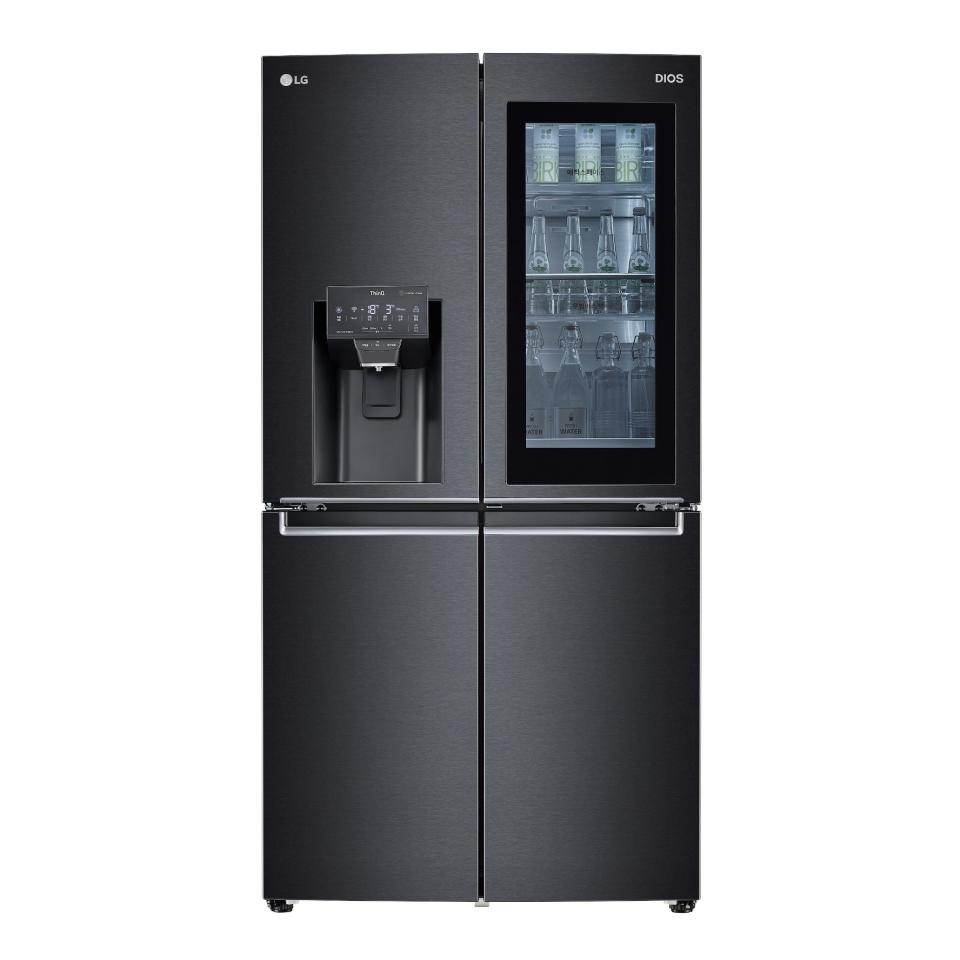How to turn your home into a haven of health
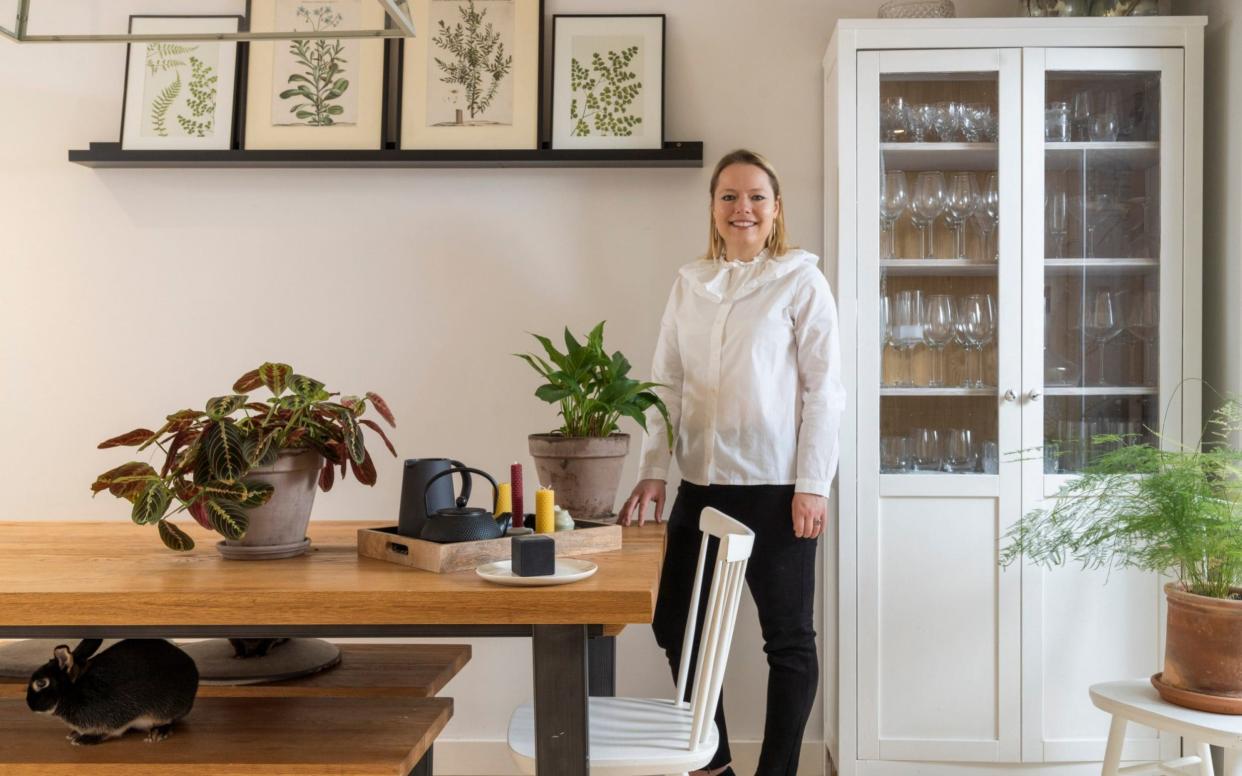
Never before have we spent so much time enclosed in our homes. They have become personal sanctuaries, places to pull up the drawbridge and escape the horrors that lurk outside.
But our homes might not be as safe as we think. “The UK has some of the oldest (and therefore draughtiest) housing stock in Europe,” says Dr Tara Hipwood, senior lecturer in sustainable and environmental design at Northumbria University, meaning they are more likely to suffer from damp – something the World Health Organisation warns increases our risk of respiratory disease. Indoor air pollution can add to the problem, while lack of natural light can affect our mental health.
Just as the health of our bodies and minds has become increasingly important, so, too, is the health of our homes. “Most of us are very conscious when it comes to nutrition and fitness,” Pati Santos, the Riba-qualified architect, says. “We try eating healthily, exercising and even meditating, but have we thought about the impact that the built environment has on our physical and mental health?”
As founder of The Good Thing (thegoodthing.co.uk), an architecture and interior design practice dedicated to “wellbeing” design – an increasingly popular concept – it is something Santos considers with every project. And she thinks that as we are increasingly spending more time in our homes, that we should, too. “It seems obvious to me that we should aim for our homes to be environments that enhance our wellbeing, or at least to not be harmful for us,” she says.
Having a healthy home is likely to be just as important in the future, too. “We all hope there won’t be another pandemic or more lockdowns,” Olga Turner Baker, co-founder of the architecture-for-wellbeing company Ekkist (ekkist.co), says. “But as remote working becomes more normal, many of us will continue to spend more time in our homes than ever before.”
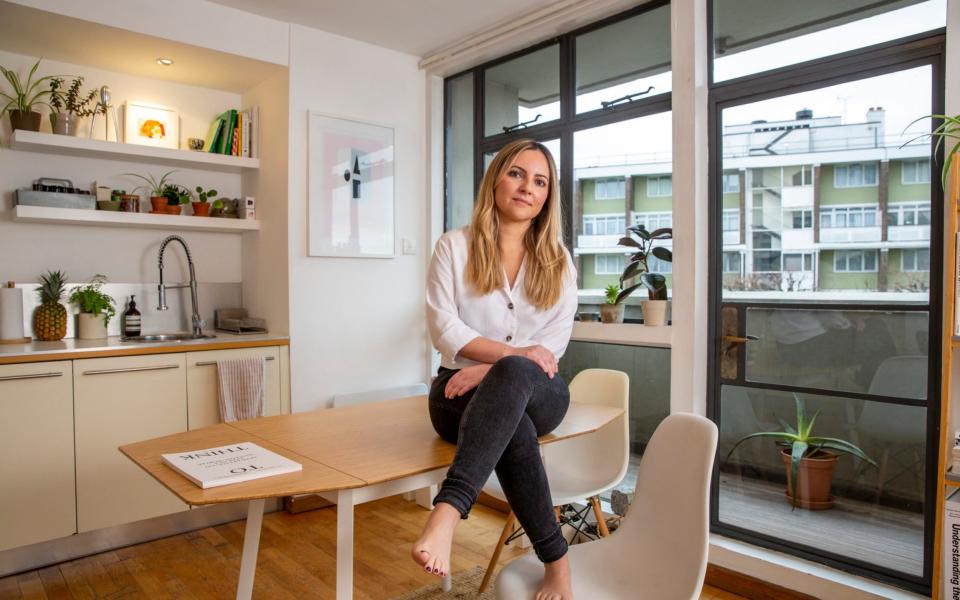
Designing well
The solution, as wellness architects advocate, comes through clever design. For those building from scratch, a home’s wellbeing can be literally built into the fabric of the project. “We consider everything from the site selection and how we orient the building, to how residents are going to live and behave in their homes,” Turner Baker says. “This will impact things like the room layout and the relationship between all those spaces and there are also significant considerations for the actual building, whether it is providing larger windows to bring in more daylight or selecting healthy building materials.”
But for most of us, it is more useful to consider the ways we can modify and improve our existing homes. As well as designing wellbeing homes for clients, Santos and Turner Baker both live in spaces (one rented, one inherited, but both older properties) that they have adapted to make healthier. Santos chose her rented flat in east London because of its “amazing eastern natural light, cross ventilation and quiet”. Meanwhile, Turner Baker significantly updated her 1970s house in Surrey to create a natural light-filled home designed with clean lines and muted colours.
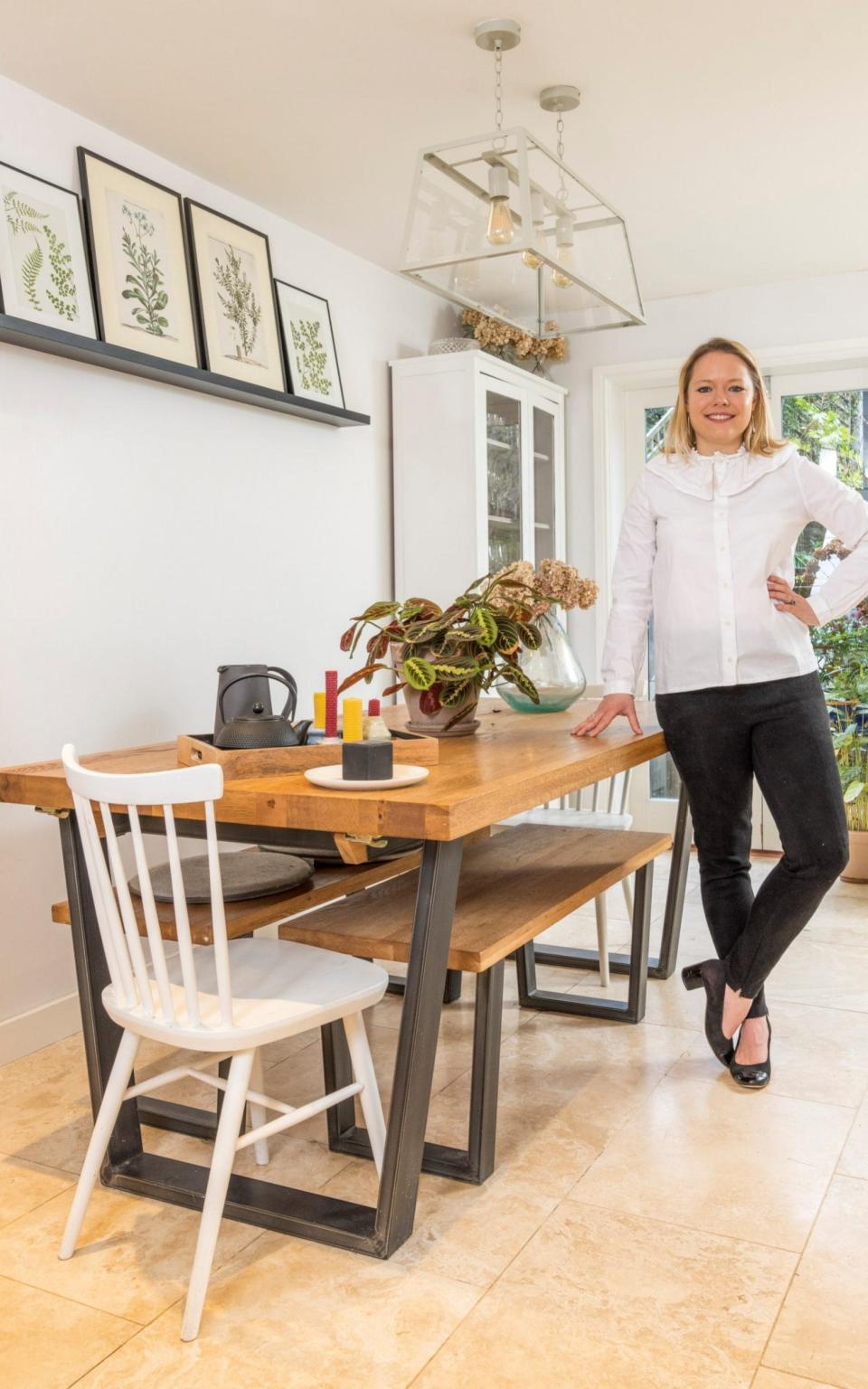
Breathing easy
The biggest consideration to make when considering the health of your home is the air quality, according to Turner Baker. While air pollution on our streets has been of huge concern lately, in fact the air we breathe indoors can be up to five times more polluted than outside air, according to the US Environmental Protection Agency.
Chemicals from cleaning products, aerosols, open fires and scented candles are among the culprits, letting off harmful PM2.5 and volatile organic compounds. According to a report commissioned by Clean Air Day, 45 per cent of homes had significantly increased levels of VOCs, with 28 per cent of householders in those homes reporting multiple respiratory difficulties. Other studies show that increased indoor air pollution can lead to health concerns including increased risk of pneumonia, chronic obstructive pulmonary disease and lung cancer, according to the British Lung Foundation. Separate research by scientists at the University of Washington and the Technical University of Denmark suggests that it can also affect sleep and productivity. As modern homes are becoming better sealed, those pollutants can be trapped inside.
Stripping out pollutants, where we can, is a start. Chipboard, for example, is a major source of formaldehyde that most (98 per cent) of households don’t know about, according to the CAD study. There are easy swaps to make, such as low VOC furniture and carpets and soy-based candles to replace regular-scented ones (try the eco conscious brand aurahomescents.com).
The next step is actively cleaning up the air. Air trackers, such as Awair, can help monitor levels of PM2.5 and VOCs, humidity and temperature – meaning you can take action (getawair.com). “I use an air monitor that indicates when I need to open windows or use a dehumidifier,” Santos says. Or keep a stand-alone air filter running, such as the Dyson Pure Hot+Cool, which also acts as a monitor by showing the particles and gases the device senses (dyson.com).
A surprisingly cheap and easy way to improve air quality is to add houseplants – something Turner Baker has done: she has at least two houseplants in every room. Research by Nasa found that many varieties of indoor plants help remove toxins including benzene, ammonia, toluene and formaldehyde from the air. Top picks include the areca palm, the snake plant and the money plant (try patchplants.com).
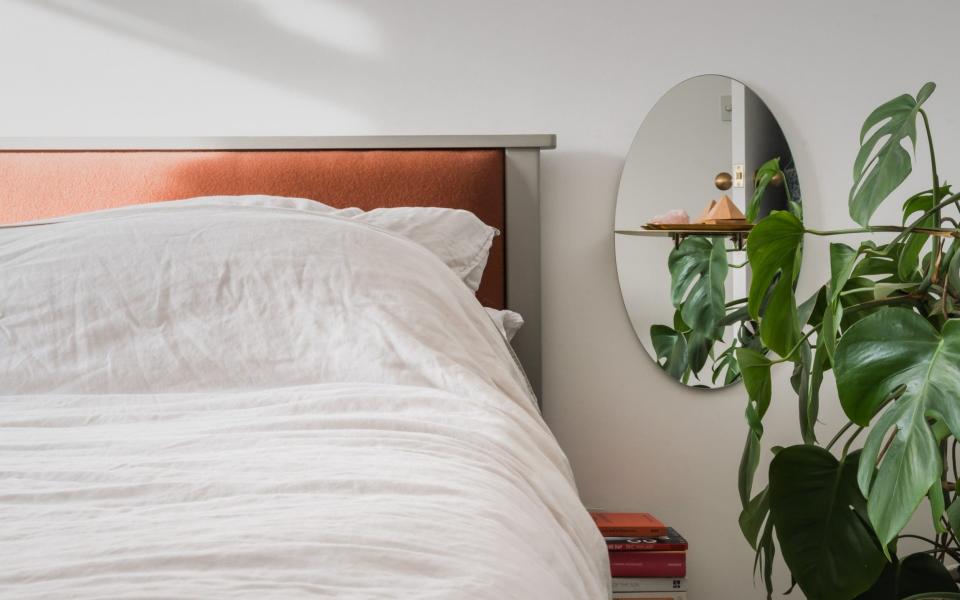
Allow natural light in
Flooding your home with natural light is an important way to regulate your body’s circadian rhythm. “Natural light affects key hormones directly linked to the sunlight coming into our eyes and helping to shift our circadian rhythm,” Prof Greg Whyte, sport scientist and Olympian, says. Turner Baker has built at least two windows into each room of her own home – and encourages clients to choose “larger windows to bring in more daylight”.
Artificial light has a role to play, too. In Allen’s flat, he wanted to test LED lighting solutions to boost wellbeing, as well as save energy. “The lighting is all LED in classic pear-shaped bulbs with the warmest colour temperature commonly available (2700K),” he says. “It is electronically dimmed, which allows it to be dimmed down to almost zero – lower than candle lighting. This reduces the impact of blue spectrum light on our circadian rhythms at the end of the day.”
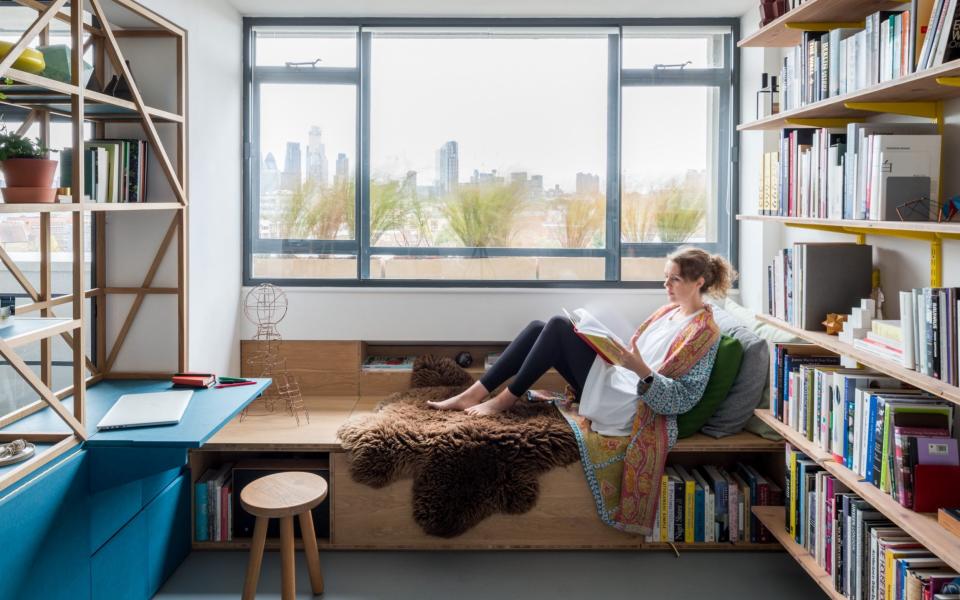
Bring the outdoors in
Encouraging a house plant collection has more wellbeing benefits than just purifying our air. There are countless studies on the benefits of nature on our mental health, lifting our mood and making us more productive.
Jamie Song, who has almost 350,000 followers on his Instagram account @jamies_jungle, says that caring for his 100-strong houseplant collection improves his mental wellbeing. “When I’m watering them, I feel calm,” he says. “It’s like a form of meditation.”
Others say nature and plants boost their creativity. “Being surrounded by nature revitalises me,” Frieda Gormley, co-founder of House of Hackney, says. “It’s my biggest muse, which is why we feature it so much in our designs.”
The concept of incorporating nature into a home is known as biophilic design – and while it can be done by literally bringing in plants, it’s also much more than that. It is, Santos says, “when we orient a window towards a green park or when we create a skylight that allows people to see the rhythm of natural light.”
It is also in action when we choose natural materials such as wood and rattan over man-made in our home furnishings. Ben Allen, an architect and founder of Studio Ben Allen (studiobenallen.com), refurbished his two-storey maisonette with materials including oak, brass and natural rubber flooring to create a “warmer and more intimate space” . Some materials, such as copper, bronze and stainless steel, are enjoying a renaissance also because of their antibacterial qualities – something we all appreciate mid-pandemic.
But the trend towards nature is reflected in the patterns we’re seeing in homeware designs as well. “Our print designers looked to large leaf forms, verdant hues and shadows cast by trees for this season’s textiles,” confirms Andrew Tanner, design manager at Habitat (habitat.co.uk).
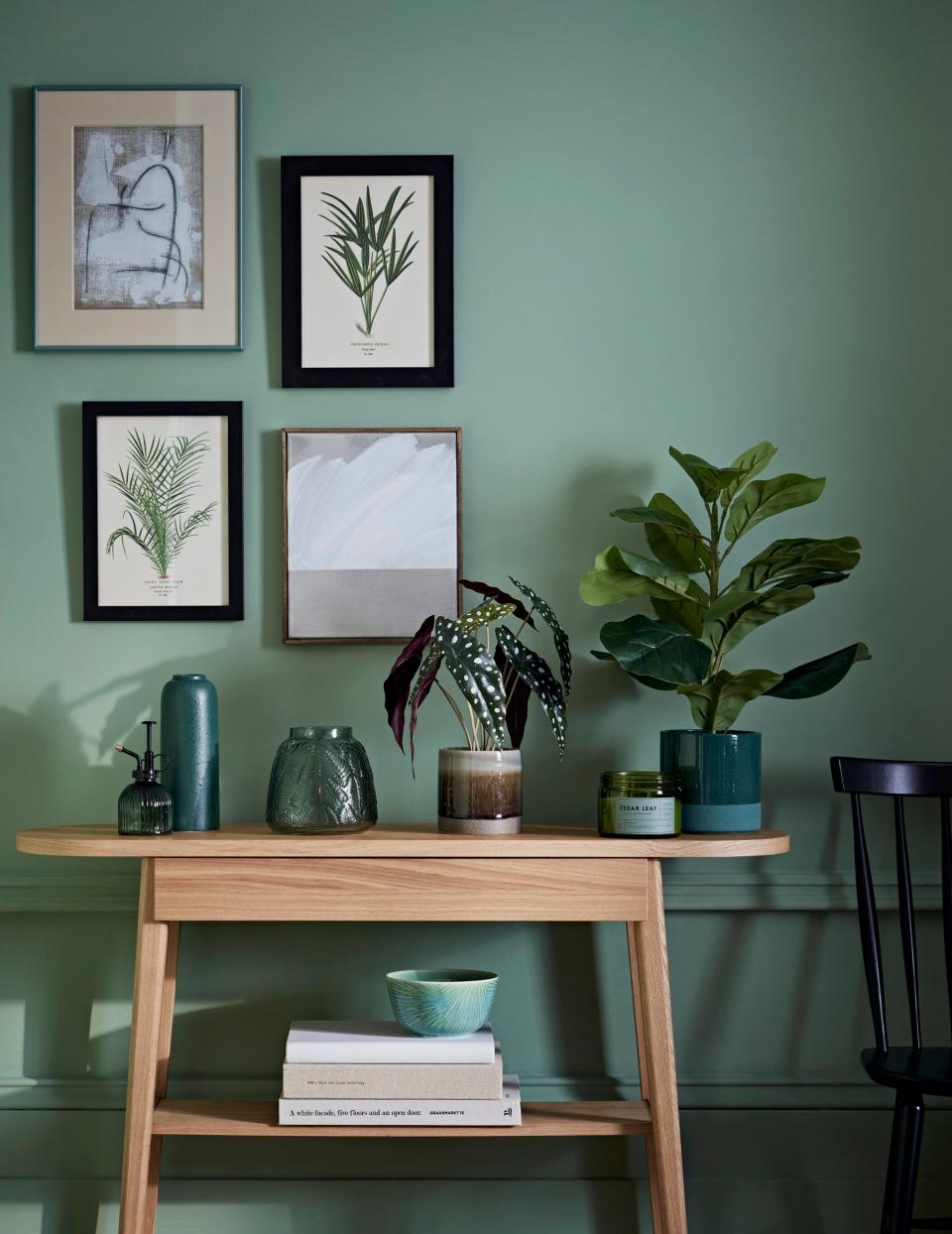
Calm zones
With the freezing temperatures, we’re even more likely to be inside at the moment, and perhaps with increased households including boomerang children or older parents. One big trend that designer Athina Bluff, founder of the interior design studio Topology Interiors (topologyinteriors.com), says she’s already seeing this year is for the need for “calm zones”. “Clients have been coming to us to create more relaxing rooms because they find their homes stressful – unsurprising really, when you think about how much time we’ve been forced to spend inside,” Bluff says.
That could be a full-on wellness room – the actress Cate Blanchett recently won planning permission to build a garden office complete with a meditation room in her East Sussex home – or home gym (sales of gym equipment soared last year). Or it could just be design ideas to create “more kids’ toy storage to hide clutter, or a new place to position your desktop that’s not on your dining table,” Bluff says.
Integral to creating a calm environment is the choice of paint colour. “Tones such as creams, beige, sage green and rusts are going to be key this year because they are calming and good for the central nervous system,” Bluff says. Right on cue, Dulux’s colour of the year is Brave Ground, a muted, earthy brown.
It’s important to remember air quality and consider the VOC content in paint and opt for eco-friendly brands, including Little Greene and Andrew Martin. Or, for a step further, one new innovative brand is Graphenstone (graphenstone.co.uk), which actively cleans the air; 15 litres absorbs approximately 5.5kg of CO2 (as well as nitrogen oxide and sulphur dioxide) from the local environment. Effectively, it “turns your walls into air purifiers”, according to Patrick Folkes, chief executive of Graphenstone UK.
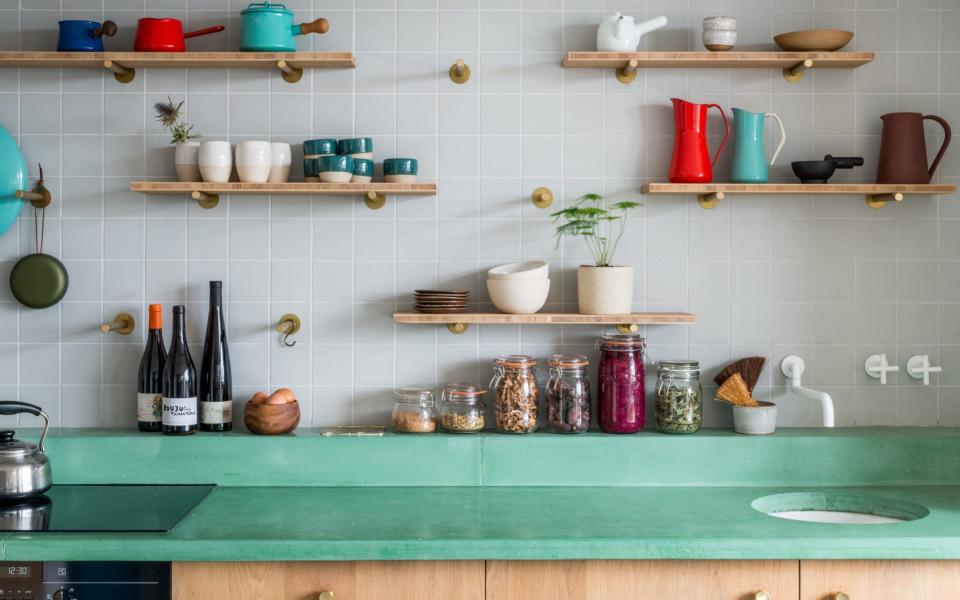
Ante chambers
The concept of the vanity room – a place to wash your hands when entering the home – only became more widespread after the Spanish flu outbreak in 1918-1920, which infected about a third of the population, and it’s regaining popularity now. “During the course of the pandemic, many people have recognised the value of the old-fashioned lobby and cloakroom,” Hipwood says. “A cloakroom located inside the front or back door provides a buffer between the outdoors and the rest of the home, allowing occupants or visitors to wash before moving into the rest of the home.” Since the latest update, Apple watch users can now get a reminder when they arrive home to wash their hands.
But some designers are going further and designing full decontamination zones. Turner Baker was ahead of the curve when she designed an ante chamber inside the front door for shoes and coats, with air filtration and purification built in, for her prescient 2017 “Ori House” design.
Santos says she, too, has been designing “healthy entrances” in her projects, which are replicable in our homes as well. “Outdoors, we would have an antibacterial mat and a bench for shoes and bags, if security is not a problem, then another mat indoors with a small sink and wardrobe with UV germicidal light incorporated where you can leave coats, bags and masks,” she says. A new disinfection lamp by Philips – available at the end of the month – uses UV-C technology to clean indoor rooms “by helping to inactivate viruses (including Sars-Cov-2, the virus that causes Covid-19) and bacteria,” according to Rowena Lee, digital product designer at lighting consultancy, Signify (available to pre-order now on Amazon; £109.99).
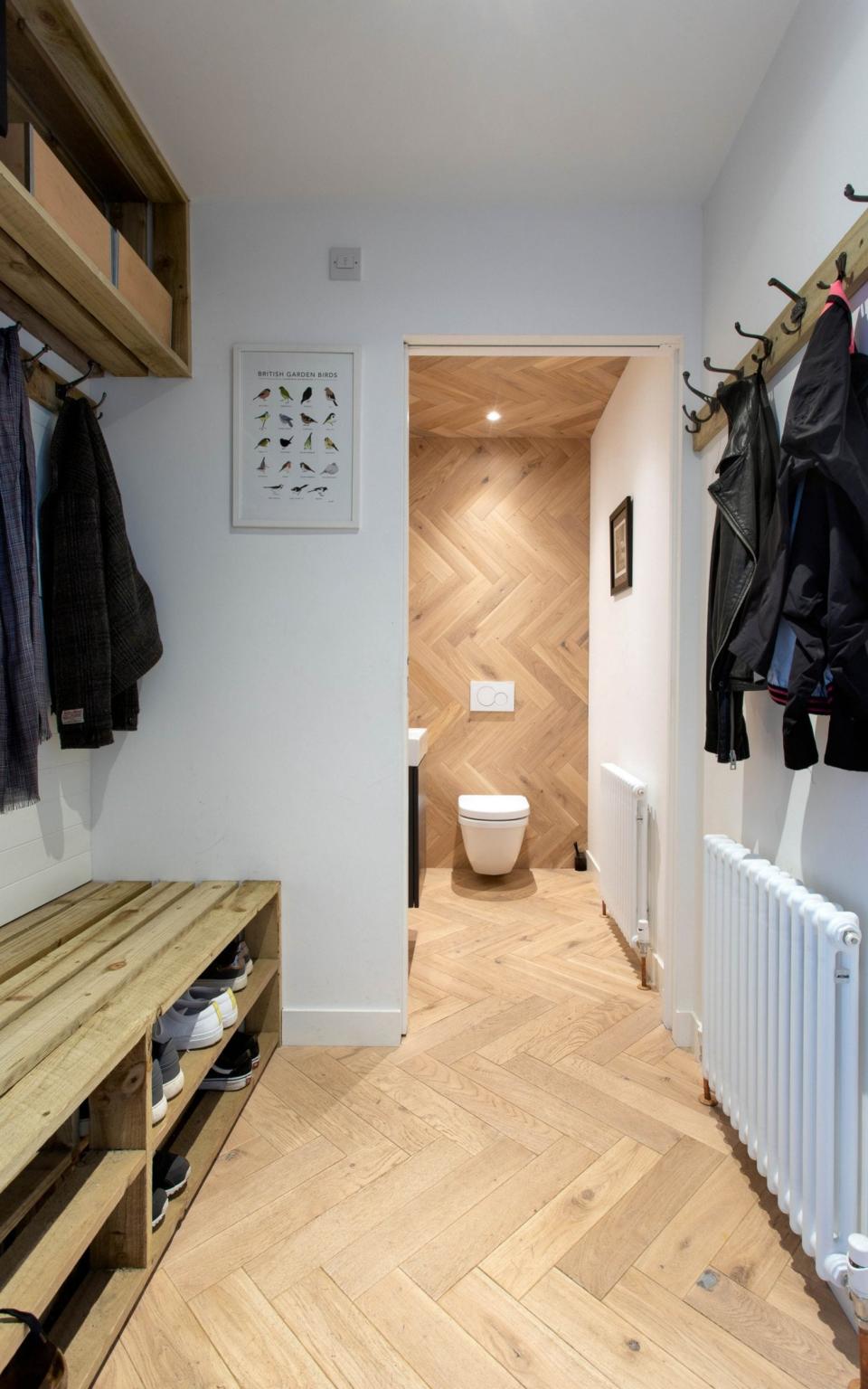
Connect with nature
Of course, one of the best ways to connect with nature is in our own outside space, and many of us took solace in our gardens last year to escape from the world. Studies show that being out in nature can benefit us in a multitude of ways, including decreased heart rate and blood pressure and reduced stress levels. Not only that, but “the neuroscientist Christopher Lowry discovered that a bacterium commonly found in soil can boost serotonin levels in the brain,” psychiatrist and psychotherapist Sue Stuart-Smith, author of The Well Gardened Mind, explains. “Other studies show that the ‘friendly’ bacteria that live in the soil might boost our immune system.”
Turner Baker says she has done a lot of work to her garden, turning it from four split levels into one space with a table big enough to seat 12 for the summer parties we hope will be in full swing this year.
But you do not need a big space to feel the wellness effects. Despite not having a garden, Allen has planters on his balcony and window boxes on the 10ft-long living room window ledge that are densely planted with wild grasses interspersed with flowering annuals. On the balcony, he also has a small bench “just big enough for two to sit and enjoy the views over the city and the sunset over Hampstead Heath”.
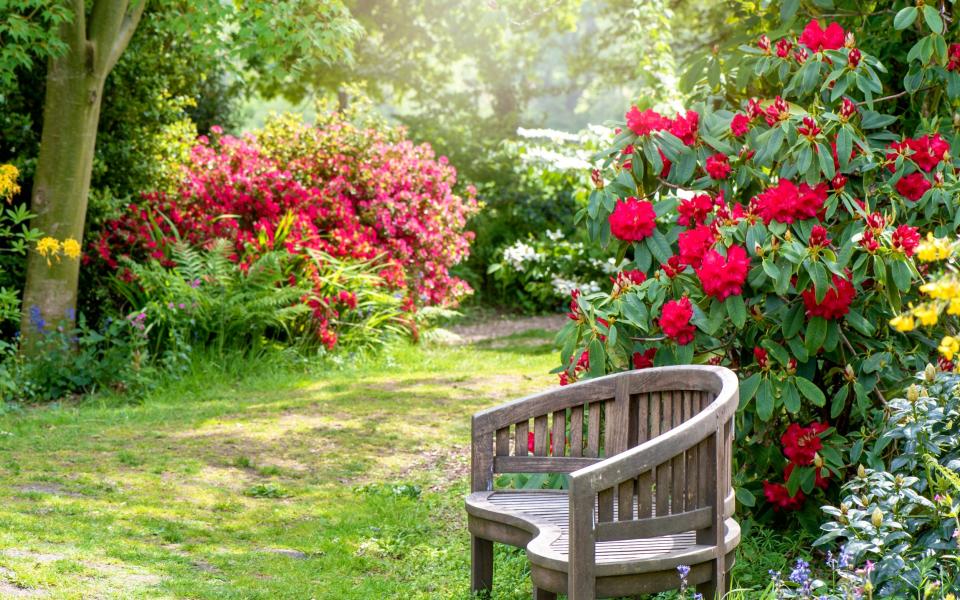
Hi-tech solutions
It’s not the only healthy hi-tech solution. “Haptic [touch-free] technologies and smart sensors will allow the germ-free generation to use gesture and voice activation to passively control their homes through their own microbiome and fitness trackers,” Martin Raymond, co-founder of Future Laboratory, writes in a report on the long-term impact of global lockdowns on the home.
“In the future, you will be able to tell your oven to switch on while waving your hand over the hob. Your taps will only run when they sense your hands, and your front door will be iris sensitive, unlocking and opening automatically after scanning your eyes.”
It’s not as futuristic as it sounds: in the US, a personal device called Handy lets people open doors without touching them, while an Italian innovation studio has created a portable wardrobe purifier that removes most micro-organisms, bacteria and viruses from clothes using ozone. Over here, Beko (beko.co.uk) last month released seven appliances in a first-of-its kind household product line, including a washer dryer that uses UV light to eliminate more than 99 per cent of bacteria and viruses, including coronavirus. Likewise, LG (lg.com) recently unveiled details of its 2021 fridge with a feature that allows you to open the door with your voice and boasts UV nanotechnology to maintain hygiene levels. Meanwhile, sales of cleaning tech has soared, including Dyson’s 360 Heurist robotic vacuum, which expels filtered air as it trundles around (£799.99; dyson.co.uk).
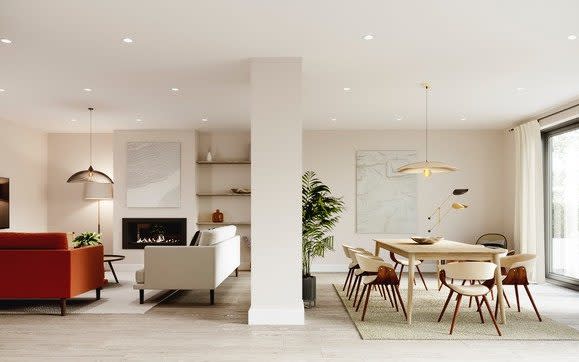
Sense of connection
There are lots of tweaks we can make inside our homes, but Santos says that one of the most important things is the sense of community we feel in and around our home. “It’s one of the things I most enjoy about living in the flat that I rent in east London,” she says.
It’s also one of the more surprising benefits to have emerged from the pandemic. According to CPRE, the countryside charity, 40 per cent of us reported feeling more connected to our community during lockdown, with one in six communicating more with their neighbours. Turner Baker agrees that one of the benefits about her home in Surrey is living in a cul-de-sac where she knows all of her neighbours by name.
“As humans, we have an innate need for connection,” Dr Lucy Loveday, a GP specialising in mental health and wellbeing, says. “Research has identified social connectedness as key to our emotional support and intellectual stimulation, particularly during challenging times.” For all the home improvements that we can – and should – make, “building a sense of community and connection is one of the most beneficial things for our mental and also physical health”, she says. A beautifully old-fashioned idea that might just help us survive. Whatever the future throws at us.
Tips for a healthier home
Bathroom fan
Ventilating bathrooms is important to prevent damp. “Replacing your extractor fan with an ‘always on – trickle-type fan’ is an inexpensive way to improve ventilation not just in your bathroom, but to your whole house,” Allen says.
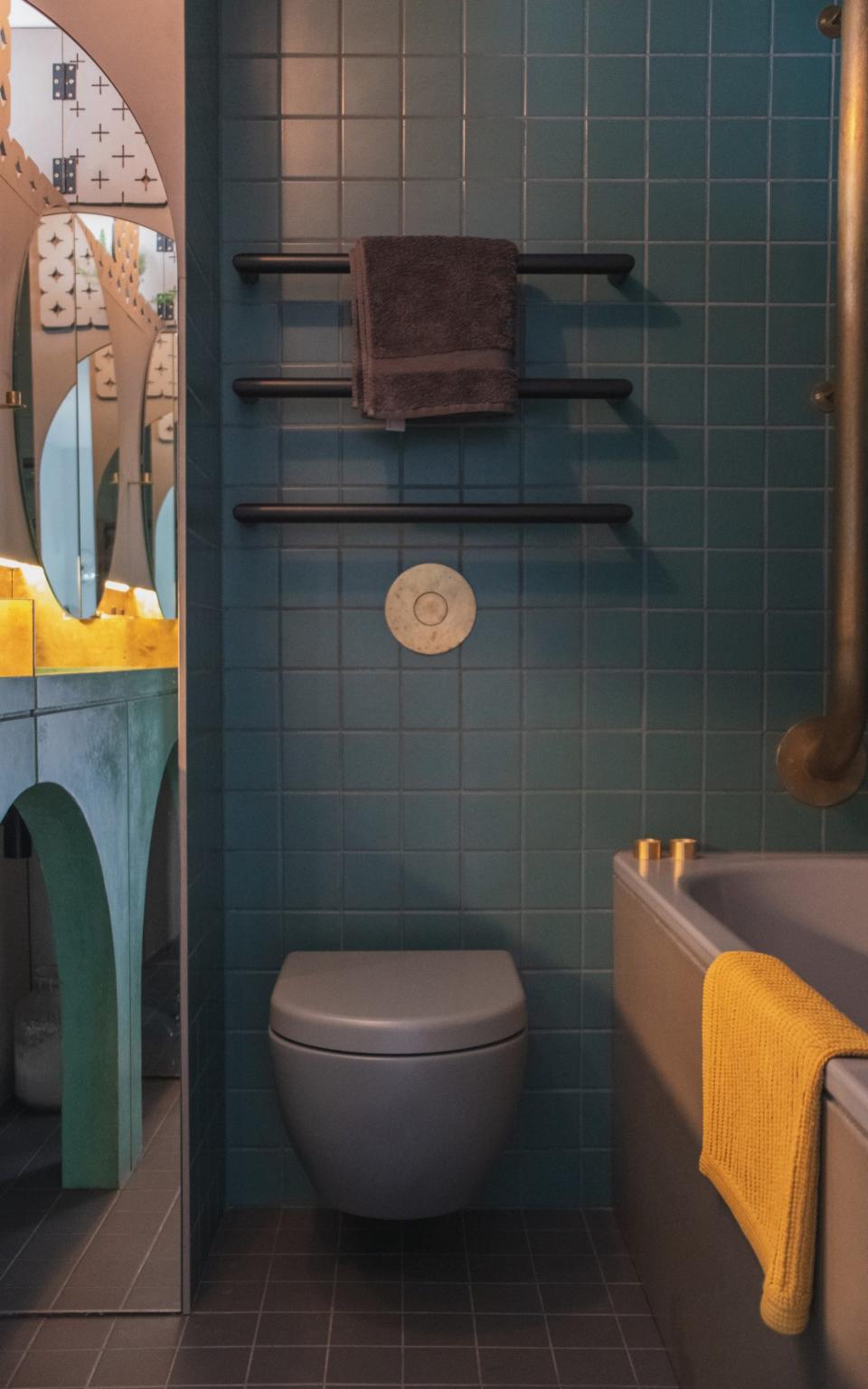
Curtain up
While floor to ceiling bi-fold doors let in lots of natural light in the daytime, Allen warns they “can be oppressive at night, as they become walls of black that can feel uncomfortable.” He suggests curtains and blinds to transform spaces after the sun goes down and create cosier atmospheres.
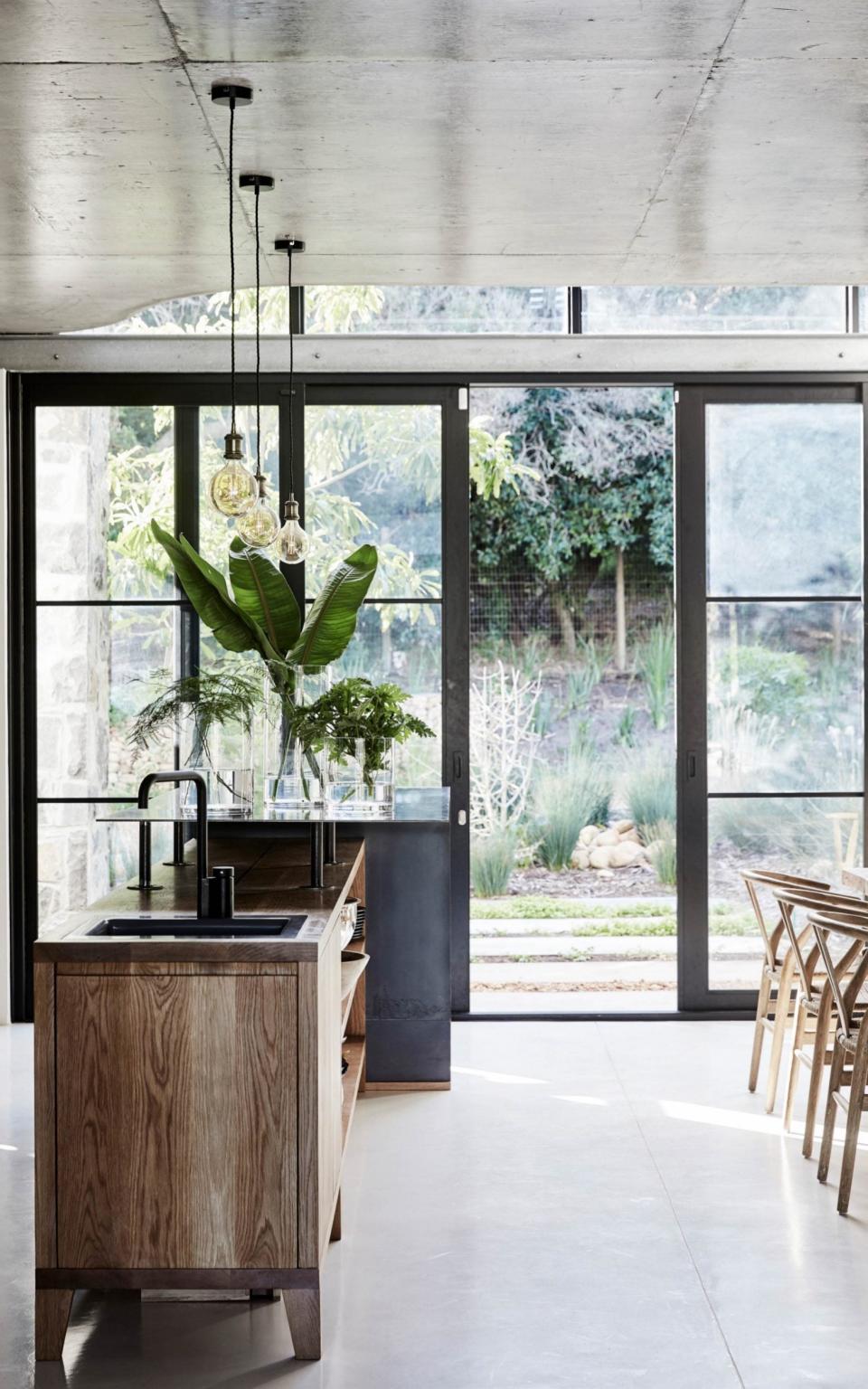
For the birds
Get a bird feeder for your garden or balcony. “Having birds come to visit your garden or balcony is such a tonic, as it draws nature into you,” Dr Loveday says.

Sound investment
“Noise pollution from traffic or from other occupants can affect wellbeing and negatively impact on productivity, focus and retention of information,” Dr Hipwood says. Invest in a pair of noise cancelling headphones while you work to filter out external noise, such as Bang & Olufsen Beoplay H95, £700, (bang-olufsen.com).

Feel-good furnishings
“Penny” money plant, £14 patchplants.com
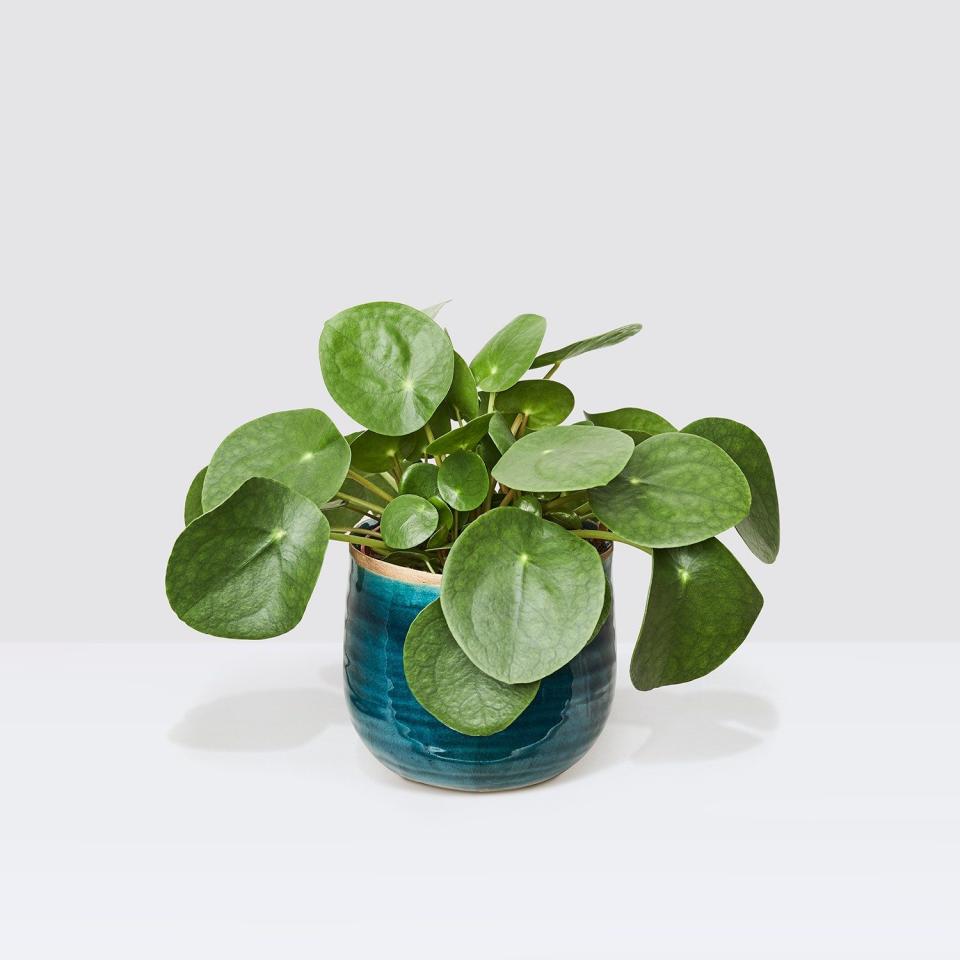
BCD Copper Boat bath, £3,780 bcdesigns.co.uk
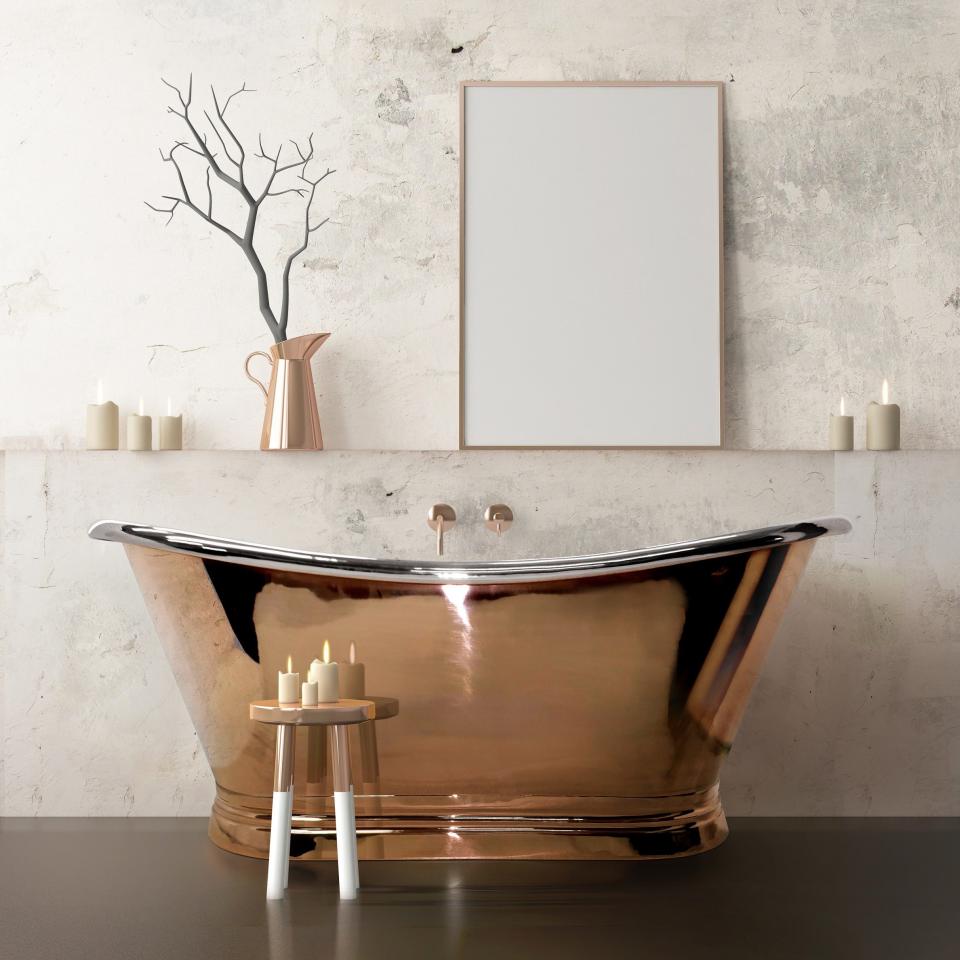
Floral cushion, £145 houseofhackney.com
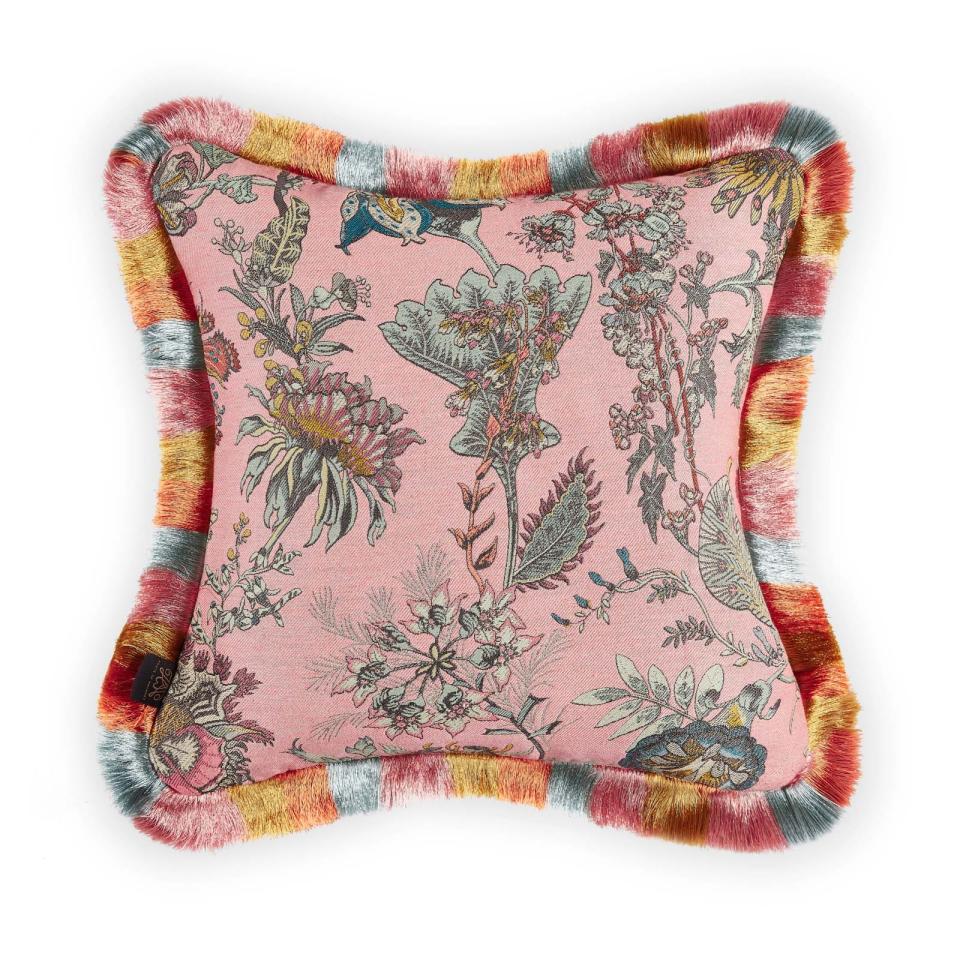
Kabin Vase, £90 designandthat.com
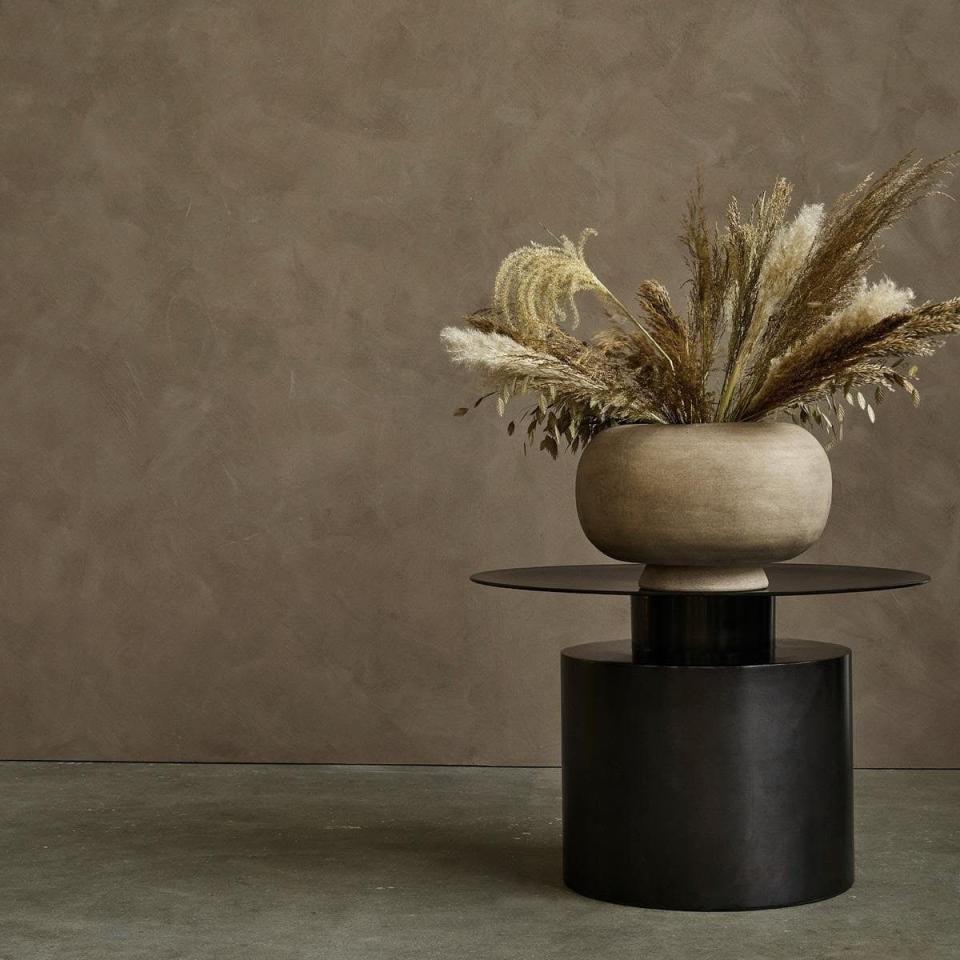
Onsen candle, £20, earlofeast.com
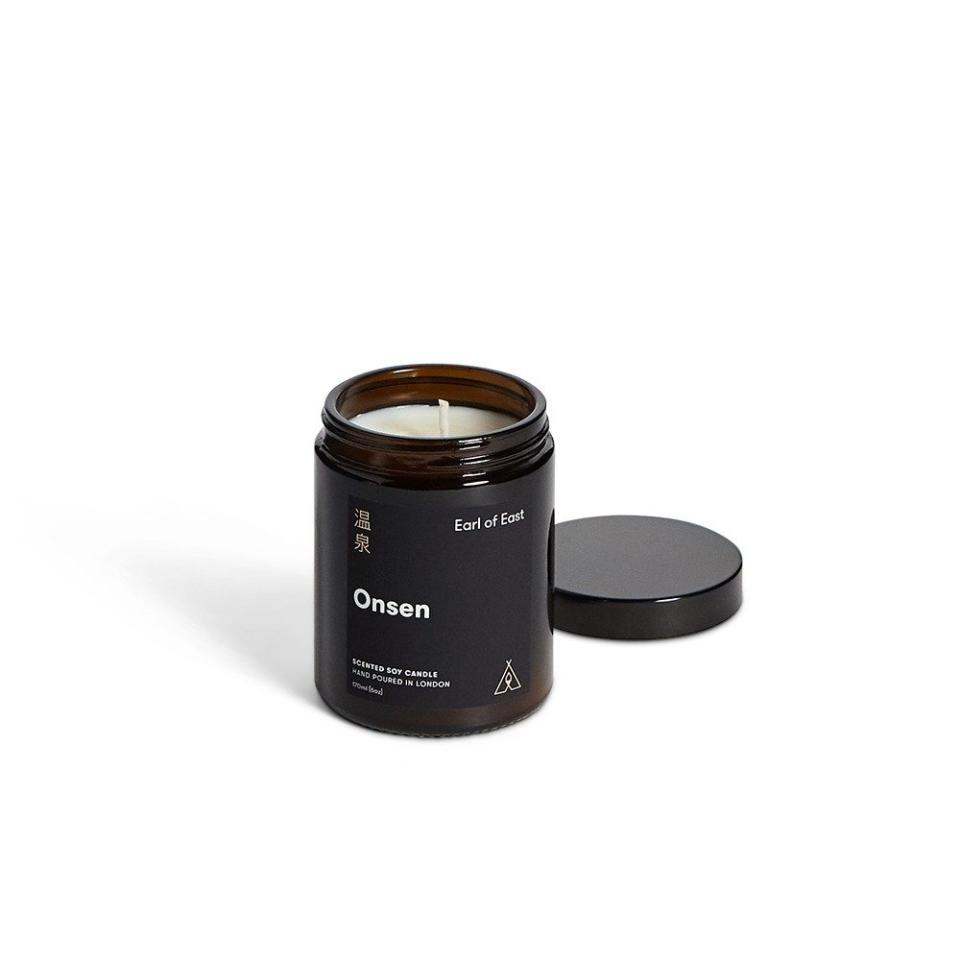
Healthy home gadgets
Pure Hot+Cool purifying fan heater £549 dyson.co.uk
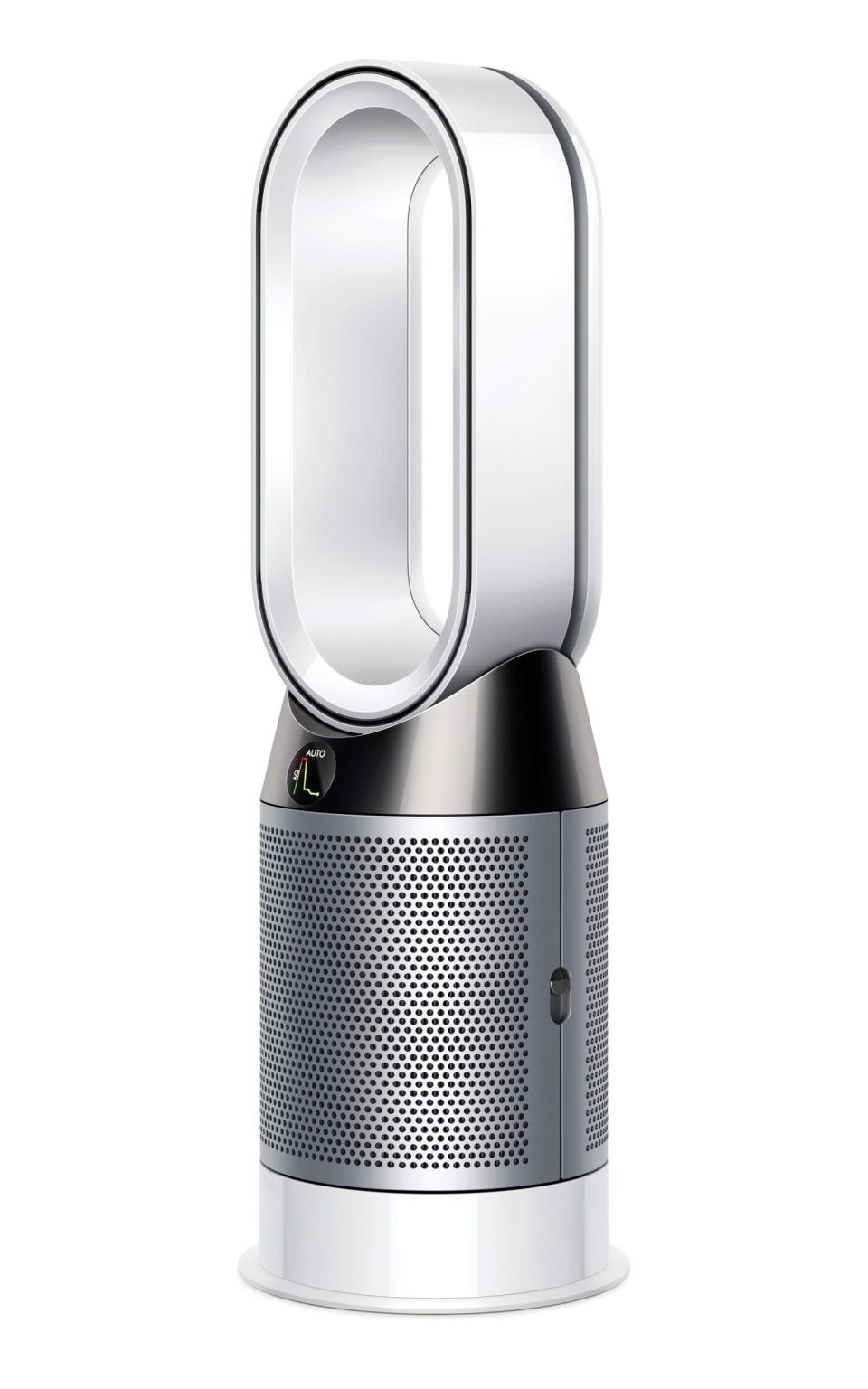
Awair Element air monitor, £179 uk.getawair.com
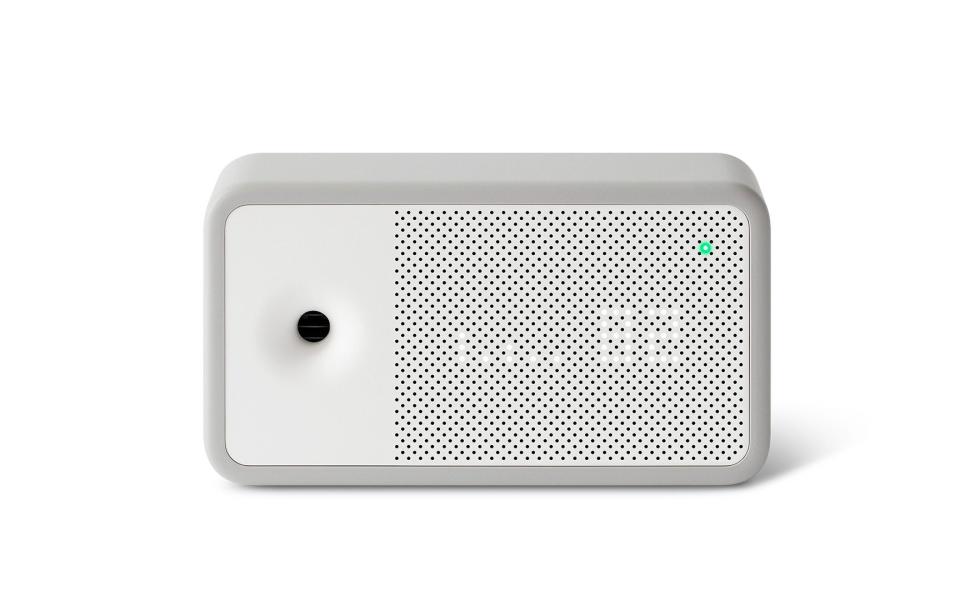
LIFX Mini Day & Dusk wireless smart LED light bulb, £27.97 johnlewis.com
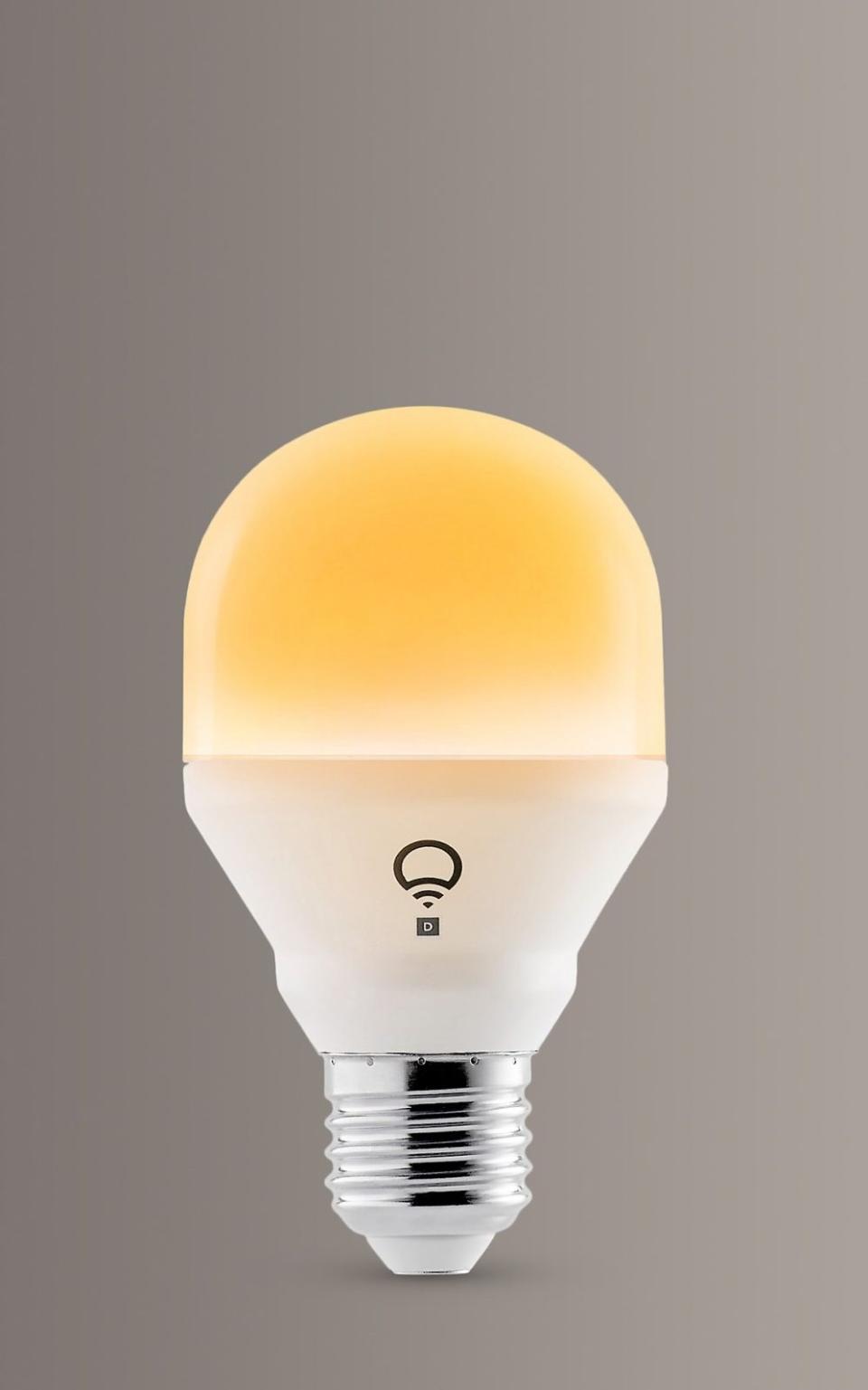
Peloton Tread, £59/month onepeloton.com
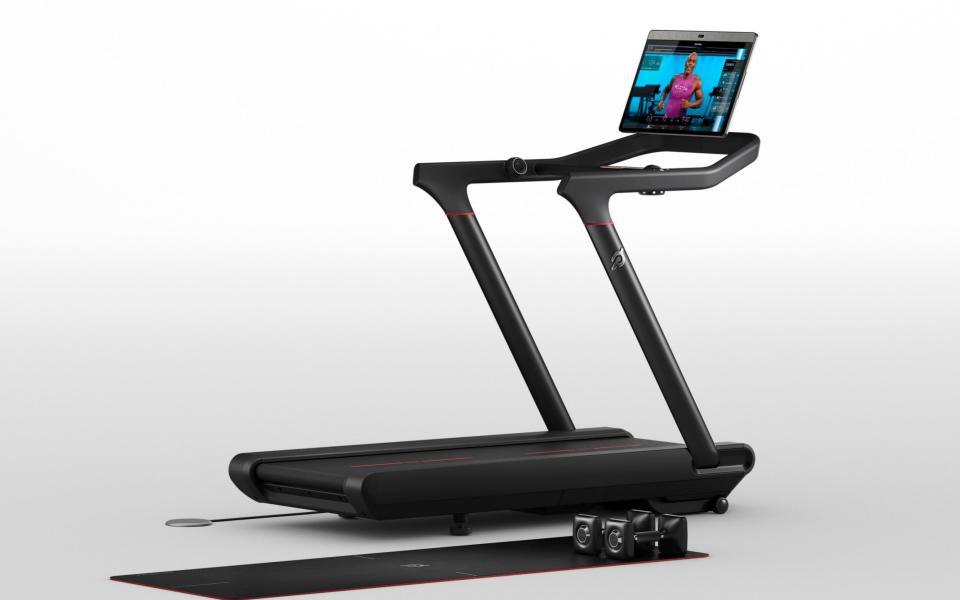
Beko HygieneShield washing machine, £419 beko.co.uk
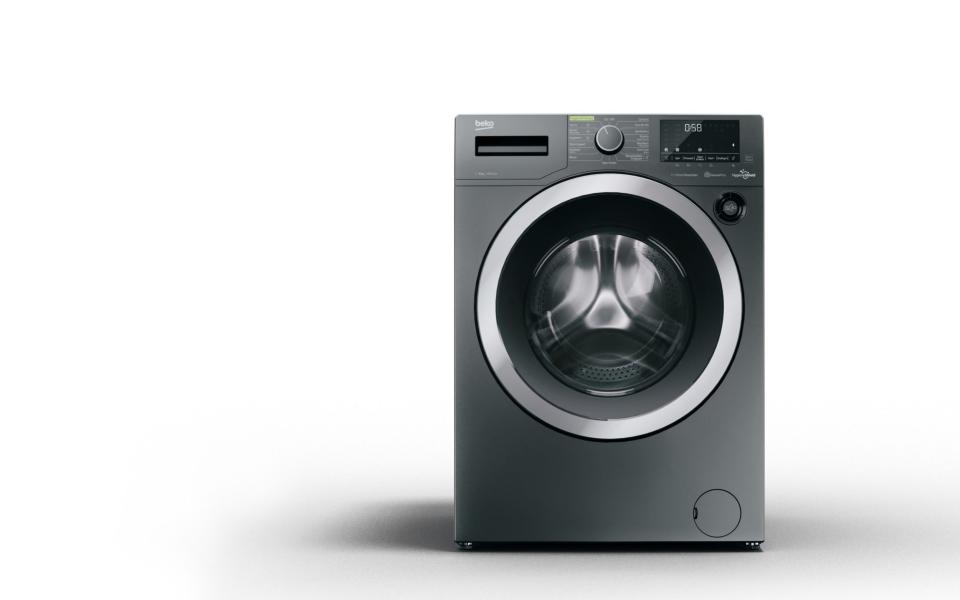
360 Heurist robotic vacuum, £799.99 dyson.co.uk
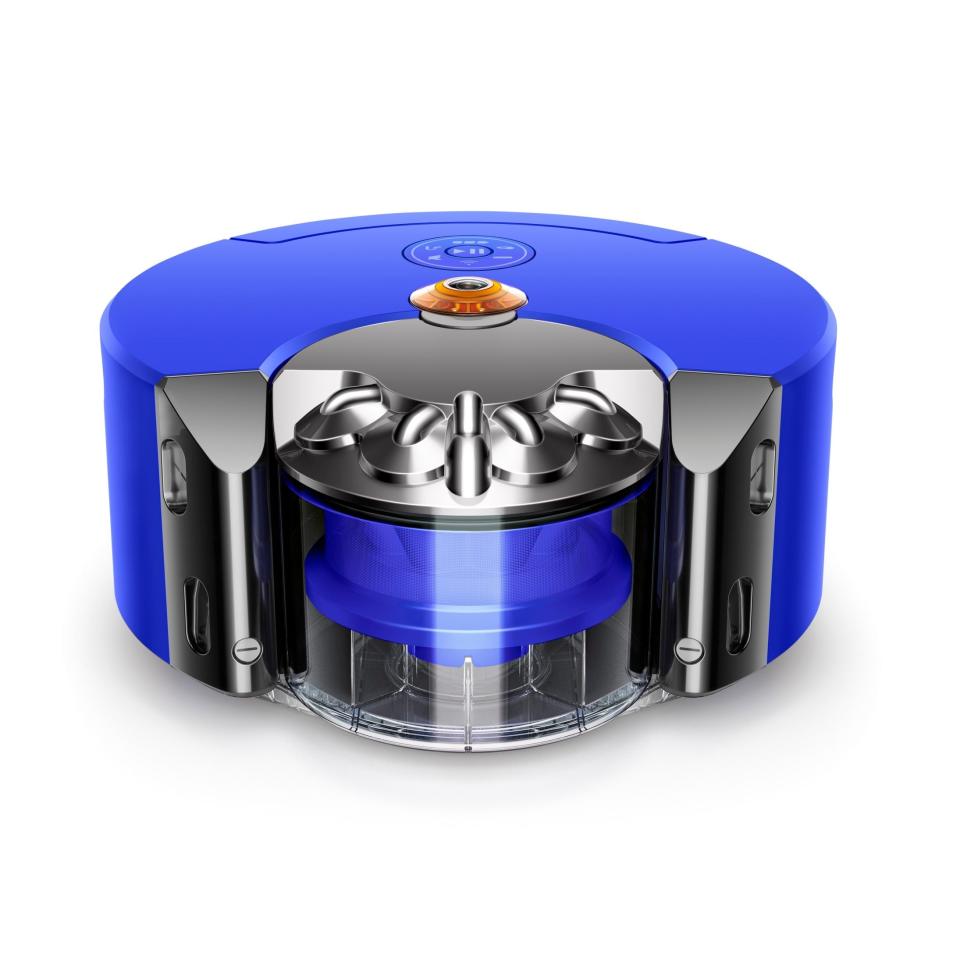
LG InstaView door-indoor refrigerator with UVnano, available later this year lg.com
